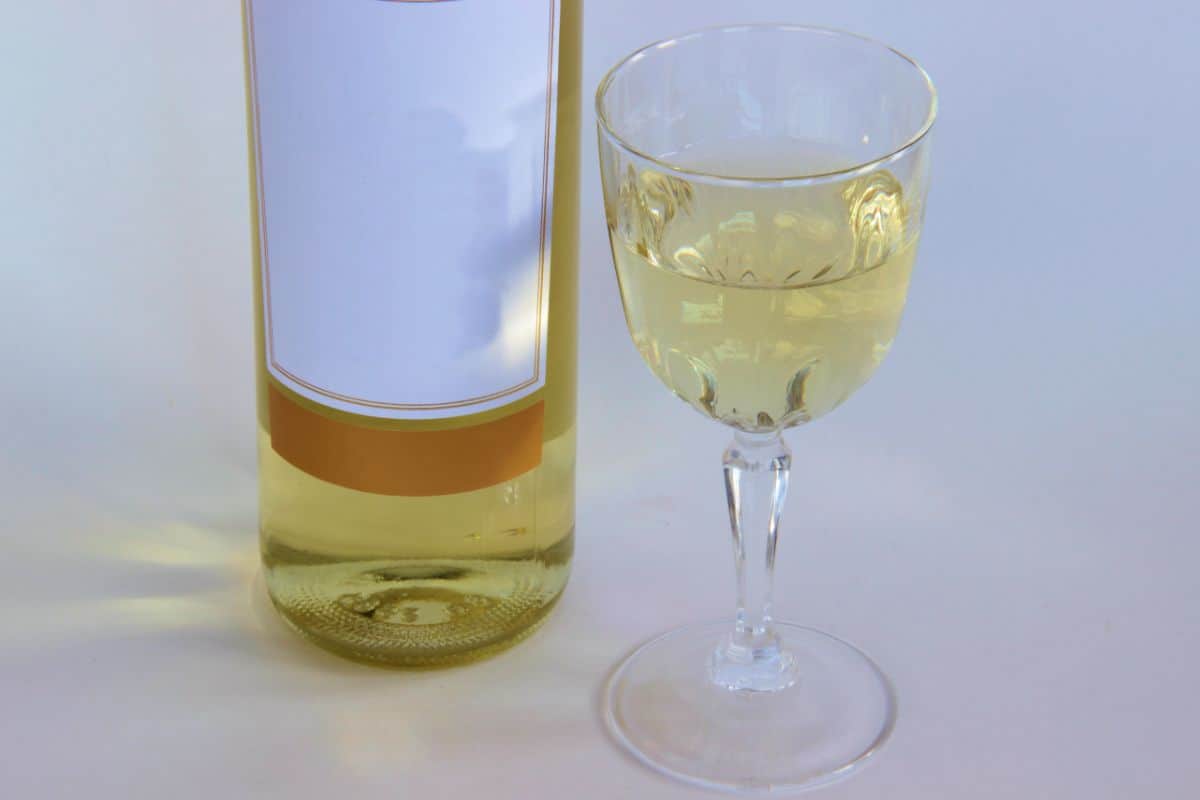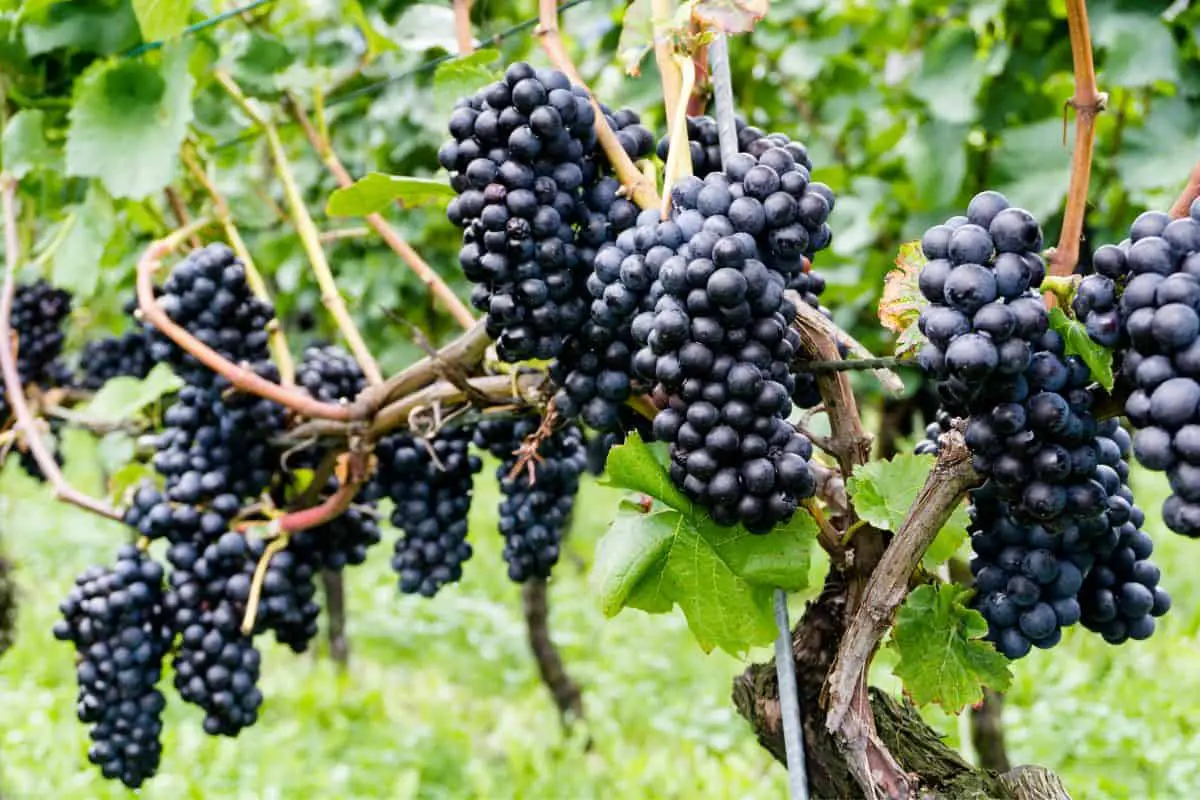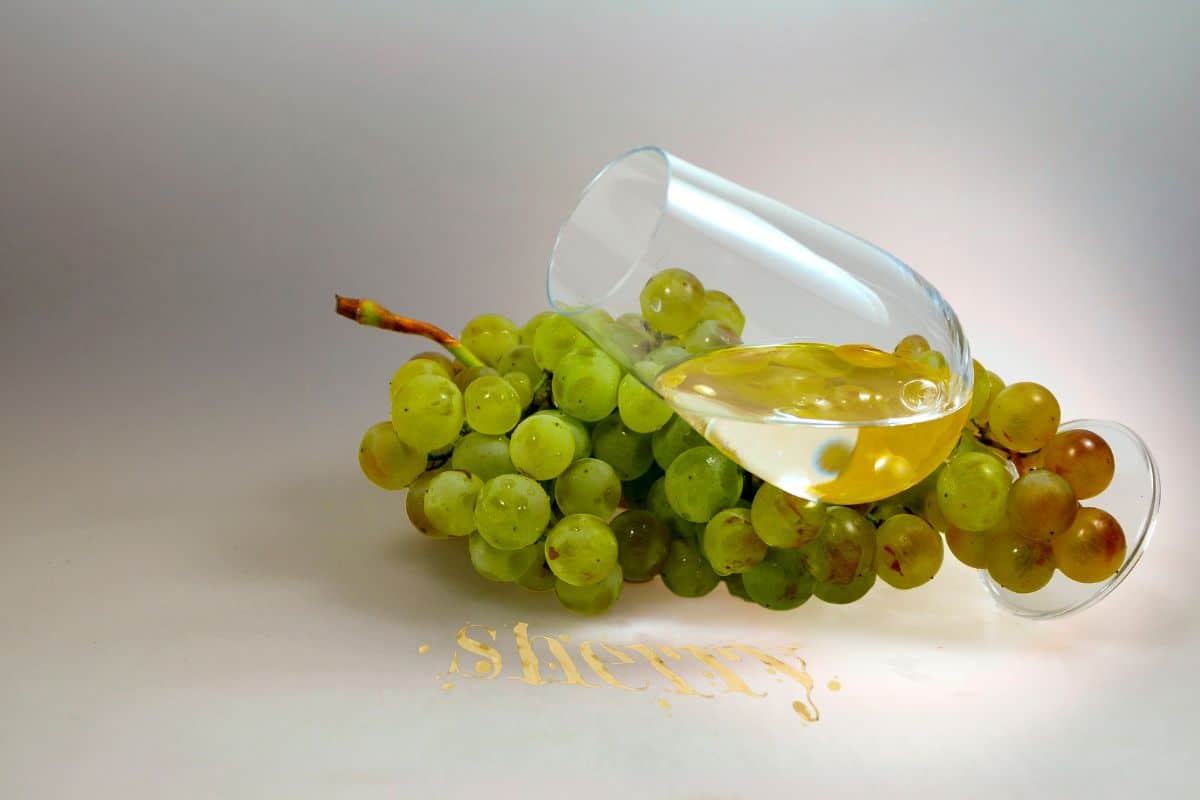Few wine lists can be considered complete without a Chardonnay.
Chardonnay has a reputation almost as large as the numerous acres of vineyard growing the grape.
It’s one of the most popular white wines in the world, but ask what it tastes like, and you might get some mixed replies.

Chardonnay is a neutral grape, deriving much of its flavor from the climate and fermentation process. This can lead to a variety of final products.
For some, Chardonnay is a full-bodied white with a touch of vanilla and oak. For others, it’s dry, fruity, and has a hint of the tropical.
Despite relying highly on the winemakers’ skill, a good Chardonnay can be something exceptional.
Take a look at our guide to discover the flavors you can find in a glass of Chardonnay.
About Chardonnay
Chardonnay is the most popular white wine in the world, and there are a few crucial reasons for this.
First, Chardonnay is one of the easiest white wine grapes to grow, and does particularly well in cooler climates.
Second, a Chardonnay can have a medium to full body, making this a wine open to complexity. And third, Chardonnay grapes are a bit of a blank canvas.
Without a distinctive flavor profile, each winemaker can create their own expression. Which makes determining what Chardonnay tastes like a tricky task.
What Does Chardonnay Taste Like?
The popularity of Chardonnay partly comes from the blank canvas aspect that allows winemakers to create their own flavors.
Easy to work with, Chardonnay can have a light and delicate fruit flavor, or a full-bodied butter taste.
The most common flavors you can expect to find in a Chardonnay are apples and tropical fruits, or a touch of oak and vanilla in barrel aged choices.
How the Chardonnay is fermented tends to have the largest effect on the final taste, but the area in which the grape is grown also plays a key part.
There’s a citrus zest to cooler climate Chardonnay, and an underlying note of mineral.
Chardonnay grown in warmer climates tend to be fruitier, with tropical flavoring that lacks a sweet finish. These factors contribute to the primary flavor.
The secondary flavor of Chardonnay is the result of the fermentation, and this has a massive impact on the taste.
If you’re used to buttery Chardonnay with an oak aging process, then you might be surprised to find the lively white you’re enjoying is a Chard, and not a Sauvignon Blanc.
Unoaked Chardonnay tastes quite different to oaked varieties.
Oaked Chardonnay

The flavors we tend to associate with a classic Chardonnay are typically the result of the oak fermentation process.
Oak barrels add texture and flavor to a Chardonnay, producing the butter taste of a full-bodied wine.
It isn’t quite as simple as sticking your base wine in a barrel, and leaving it for a while.
The simplicity of Chardonnay means the aging process can transform the final result.
Aged in new oak, Chardonnay gains a vanilla and spice flavor, with an added creaminess.
Charred oak imparts a toast flavor. Older barrels won’t impart flavor, but they give Chardonnay texture.
The length of time spent in the barrel also influences the taste. Over time, the fermentation softens the acid, transforming tartness into creaminess.
This is how Chardonnay gains its butter taste. Without this process, known as malolactic fermentation, Chardonnay retains a green apple sharpness.
Experienced winemakers can adapt the oak aging process to transform a Chardonnay.
A short period of aging in a new barrel will impart vanilla and cream. Longer in an old barrel, and Chardonnay will gain a robust texture and a butter finish.
Unoaked Chardonnay
While oaked Chardonnay is traditional, unoaked Chardonnay is becoming popular.
Unoaked Chardonnay is aged in stainless steel or plastic barrels, removing the effects of the oak completely.
Without the wood to soften the flavors and textures, unoaked Chardonnay is typically crisp and fruity, with a green apple tang and lemon citrus.
Unoaked Chardonnay lacks the unique appeal of the wine, and tastes similar to a Pinot Grigio or Sauvignon Blanc.
However, unoaked has gained some popularity because winemakers can overdo the oak aging process.
Too much time in a new oak barrel can produce a flabby wine, with butter and toast dominating the aroma.
Terroir
When you want to enjoy the very best Chardonnay around, you’re going to come across the term terroir often.
Terroir is a term used to describe how the conditions of the growing area come to affect the flavor of the wine.
A Chardonnay grown in a warmer climate tastes tropical, with pineapple being a common note.
In colder climates, softer flavors of peaches tend to come through.
And if you go for a classic Burgundy Chardonnay, expect to find the mineral flavors of the chalky soil.
Maintaining the terroir across the oak aging process is difficult, which is why Chardonnay from the best vineyards can be expensive. Chardonnay is a question of balance.
With a light touch, you can have a sharp and fruity wine with a tropical undertone and a hint of vanilla.
A little extra care can produce a creamy wine with a full body, and a distinct taste of Burgundy.
But get it wrong, and Chardonnay becomes a flabby mess of butter, or indistinguishable from any cheap white.
Where Does The Best Chardonnay Come From?
Thanks to the forgiving nature of the grape, Chardonnay is grown in many parts of the world.
However, the original, and considered by many to be the best, Chardonnay comes from France. The Burgundy region, to be specific.
Sometimes referred to as White Burgundy, the Chardonnay produced from this region is well regarded for the unique terroir, which lends the grape a minerality that’s rarely found.
Final Thoughts
The exact flavor of Chardonnay is difficult to capture.
Popular in all wine growing regions, Chardonnay has a neutral base flavor that allows winemakers to explore and create.
The fermentation process plays a key factor in how Chardonnay tastes. Oaked, and you can expect to find vanilla aromas with a rich body.
Unoaked, and Chardonnay is zippy and fruity.
- How to Learn Wine Tasting: Essentials for Beginners - March 10, 2024
- How to Learn to Like Wine: Cultivating an Appreciation for the Vintner’s Art - March 10, 2024
- Thanksgiving Sangria: A Flavorful Twist to Your Holiday Table - August 27, 2023



![What Does Sangria Taste Like? [A Guide] What Does Sangria Taste Like [A Guide]](https://tastyvino.com/wp-content/uploads/2022/12/What-Does-Sangria-Taste-Like-A-Guide-150x150.jpg)




